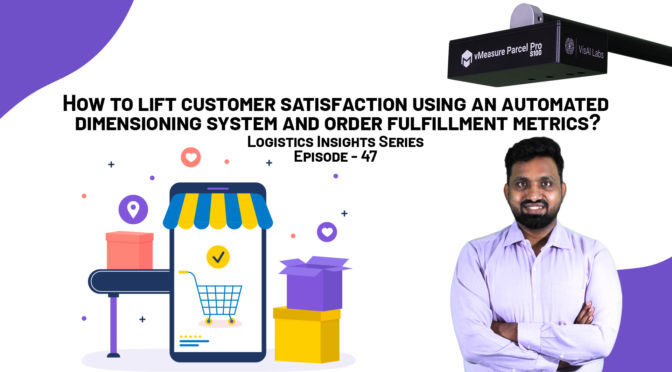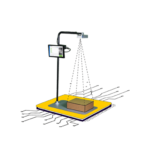How can eCommerce companies put a greater focus on customer satisfaction?
What do you think you’ll take away from this episode?
Relevant links:
Podcast Transcript:
In this episode, we discuss three Fulfilment Metrics That Any Company Can Track To Determine Customer Loyalty.
The first is Inventory Management
The first stage in delivering eCommerce orders is inventory management.
Warehouses must seek and accept products for sale from suppliers to stock up on supplies to accommodate all incoming requests.
The number of things you’ll need to request and collect, on the other hand, will be dictated by the commodity’s seasonality or demand, necessitating some guesswork to get the right amount.
Using automated dimensioning systems integrated with warehouse management system software, you can extract real-time product inventory details.
The second is to improve order processing and delivery in the last mile
Customer expectations are at an all-time high as the rate of online eCommerce grows.
Furthermore, due to the speedy delivery effect, many online customers now expect two-day delivery as standard, which has now been decreased to same-day shipping, raising the level of anticipation even further.
As a result, if you meet courier pickup limitations, your package will arrive one day later. Therefore, companies should invest in warehouse automation systems to match this requirement.
The last is the Order Tracking Visibility
Order tracking is a function rather than a metric. When businesses give customers a GPS-based order monitoring system that generates real-time product delivery status, they will feel more secure.
Customers have a sense of control over the delivery process thanks to push alerts, personalised delivery statuses, logistic partner contact information, and delegated delivery crew contact information.
So my dear friends, in this way, you can lift the customer satisfaction in your warehouse, and that’s the logistics insight for today. Bye








